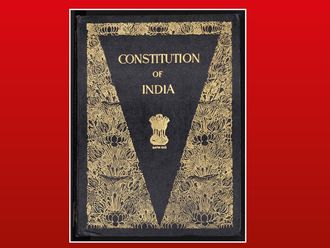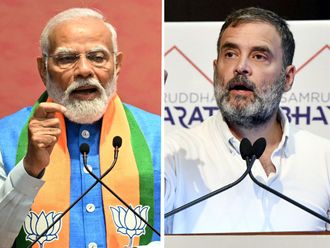The world’s biggest democratic exercise kicked off on the 19th of April with the first of India’s 7 phase general election getting underway. But days later, India’s Election Commission, which oversees this mammoth task, was huddled in a meeting worried about a significant decline in voter turnout.
According to official data, there was a decrease of around 4 percentage points in the turnout as compared to the last general election in 2019. 102 out of the total of 543 seats voted in phase 1 which saw a turnout of about 65.5%, a decline from the 70% recorded in 2019. Worryingly, this was a trend seen overwhelmingly across the board in 19 out of the 21 states that voted.
There are still 6 more phases of voting but the election authorities are concerned simply because past trends show that the turnout in the first phase sets the tone for the rest of the phases.
And the Election Commission has spent much of its time on encouraging people to exercise their franchise through a series of campaigns. They have targeted first time voters and the younger demographic in particular.
Overconfidence in BJP
So why has the turnout gone down than and what does this mean politically? The high temperatures, which includes heatwave conditions in several states, has been cited as a big concern. But the last several elections — from 2004 onwards have been held in the months of April and May.
This election however is the first that has stretched into the peak summer month of June, with results on the 4th of June. But even then, high temperatures alone do not explain this lower voter turnout at the moment.
Could it be voter fatigue? And if that’s the case, then who does it benefit — the incumbent or the opposition? Experts do not have a clear answer to this long standing question. Some say higher turnouts indicate a desire for change.
In 2014, the parliamentary elections were held in 9 phases and the first phase had among the highest turnouts at 69 per cent. That was the Modi wave election which catapulted him to the Prime Minister’s post. But Modi was voted back to power in 2019 with better numbers and an even better phase 1 turnout at 69.5 per cent.
Other analysts believe voter fatigue could hurt the BJP in 2024 if their own voters have taken their victory for granted and are not bothering to come out. Could there be overconfidence in the BJP camp leading to this low turnout at poling booths?
Boost voter participation
But the same argument can hold true for those who would otherwise support the opposition. They may see an inevitable BJP win and not bother to come out either. In what many are describing as a waveless election, many people may simply not bother.
Another important point is the lack of enthusiasm among India’s middle class voters. Take a look at the data from Tamil Nadu which voted in phase 1. Its overall voting percentage went down by about 3 percentage points. But the city of Chennai showed much lower voter participation. Chennai Central recorded a 53.9% turnout.
Contrast this with rural constituencies like Dharmapuri, where over 81.5 per cent of voters came out. This is sadly a story that repeats across several Indian cities. According to data from the Election Commission, 17 out of the 50 Lok Sabha constituencies with the lowest voter turnout nationwide in the 2019 elections were located in metropolitan cities or major urban centres.
The affluent people of South Mumbai and South Delhi will complain the loudest about lack of good governance and services but will sit in the comfort of their homes when it comes to voting day. They are simply lazy and couldn’t care less.
Someone I met recently from a posh Gurgaon locality near Delhi proudly told me that he is “apolitical”. I told him that this was not a badge of honour in a democracy where everyone MUST be political and exercise their choices.
For many of those who work in the informal sector in the cities — like security guards — staying away from voting is more of a bread-and-butter issue since they don’t get a day off.
The Election Commission has done what it can to boost voter participation but ultimately people have to realise the value of the vote themselves.










